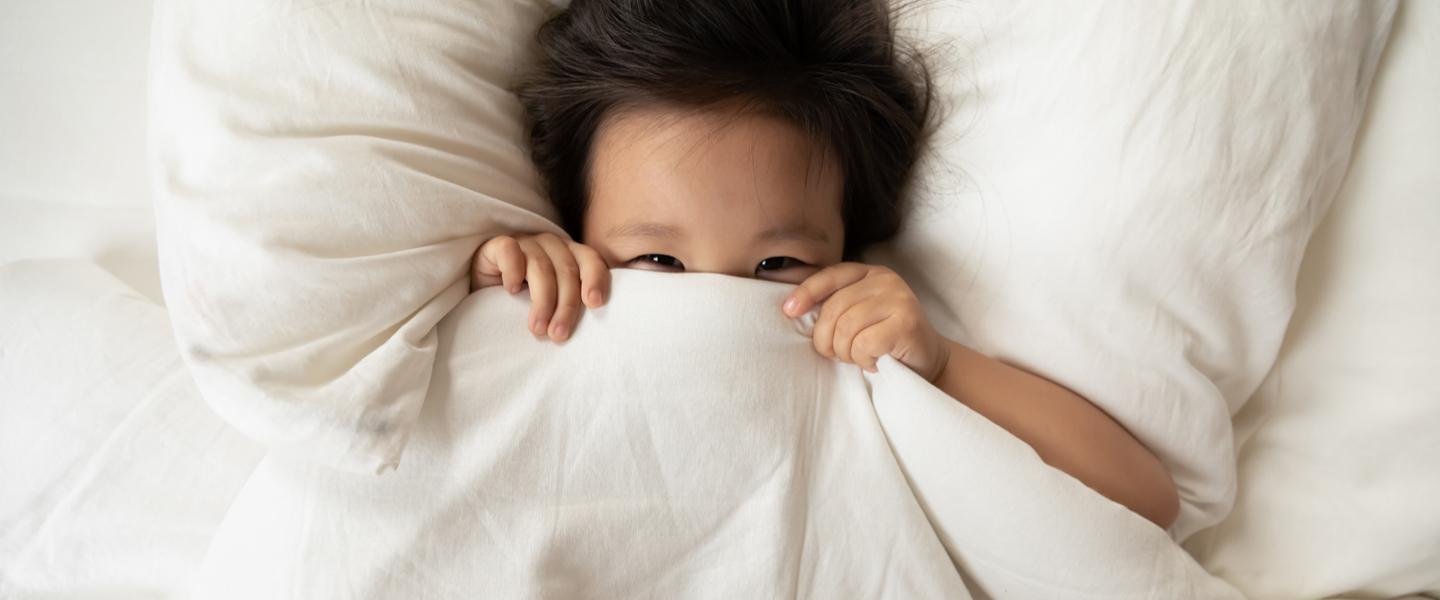When Can a Baby Have a Duvet?
There's almost nothing sweeter than a sleeping baby wrapped in a cosy duvet. However, fluffy duvets and tiny pillows can pose a hazard to your newborn.
If you're waiting for your little one to arrive, an infant duvet shouldn't be at the top of your shopping list. While a child-sized duvet is often an excellent bedding item for toddlers, it's not appropriate for newborn babies.
At Sleepseeker, we’ve put together a guide on when a baby can safely have a duvet and how to choose the right material.
What age can a baby have a duvet?
Most experts recommend holding off on toddler pillows and blankets until your little one is two years old. Newborn babies sleep safest when you wrap them in a swaddling blanket and place them in a clean, flat, elevated area. As such, most newborn bassinets and bedside cribs are relatively simple.
As your child begins to grow and move around on their own, you may be tempted to purchase a bedding set for their crib. Many crib bedding sets include bedsheets, bumpers, and bed skirts. These are useful and decorative items that can improve your child's sleeping area.
However, some crib bedding sets include heavy comforters, blankets, and duvets. These bits of bedding can prove dangerous to small faces and fists. Just as with baby pillows, baby duvets pose a suffocation risk. However, duvets and blankets can be a strangulation risk for infants.
SIDS, or sudden infant death syndrome, affects more than 200 babies in the UK each year. Ensuring that your child's bedding area is free of potential hazards is crucial to help protect them from SIDs. Most SIDs deaths occur before a child has reached six months. However, the most significant decrease in risk only happens when a child has passed their 1st birthday.
Why babies under 1 should not have a duvet
Children under the age of one should not have a duvet because these bedding items pose a physical risk to infants. Children under one don’t have complete control of their bodies yet, and they have little understanding of potential threats and dangers around them.
A six-month-old baby may enjoy the softness of their crib duvet, but they may also attempt to suckle on it or eat it. When this happens, the fabric can become lodged in the infant's throat, leading to suffocation. Accidental strangulation can occur if the duvet winds around the baby's neck.
Because infants do not possess the coordination or physical strength to unwrap themselves from a duvet, parents should take extra care to avoid them during the first year of their child's life. Blankets pose a danger, especially those made of thick material or heavy yarn.
However, if a family member or friend gives you a baby blanket or duvet, you can safely store these items away until your child is of an appropriate age to use them. Of course, you can choose to buy new duvets when your little one is ready. After all, there are hundreds of different options from which to choose, allowing you to pick the ideal duvet for your toddler.
Choosing the right duvet for your baby or toddler
When your child is old enough to use a duvet safely, you'll have plenty of options from which to choose. Picking the best choice for your child can be challenging if you're unfamiliar with common duvet materials, thicknesses, and features.
To buy the right duvet for your toddler, you'll want to consider:
Material
Some mixed fabrics can trigger allergic reactions. As such, many parents opt for natural fibres like cotton. When choosing a duvet for your little one, always consider hypoallergenic duvets first. Doing so can help keep your baby's skin healthy and rash-free.
Thickness
Secondly, you'll want to consider duvet tog sizes. Some climates are cooler or warmer than others, so it's wise to consider temperature when choosing a duvet. Parents living in warmer homes may want to pick a duvet with a low tog rating, while those in cooler climes should consider duvets with higher tog ratings.
Softness
Softness is an essential aspect of choosing a high-quality baby duvet. If your chosen duvet is too rough or heavy, your little one might refuse to sleep with it. Fortunately, most infant-sized duvets are designed to be incredibly soft and gentle on sensitive skin.
Washability
Parents may also want to think about washability. Some duvets require professional laundering, while others allow you to wash a duvet at home using a washing machine. Because babies tend to make the occasional mess, choosing a machine washable duvet is often wise.
Appearance
Choose a duvet cover that complements your nursery design or colour scheme in terms of appearance. Duvet covers are available in thousands of colours and designs, so be sure to choose one that goes with your chosen theme, is made of skin-safe fibres, and is easy to wash.
Safety at all times
Your child is irreplaceable. Doing everything you can to keep them safe and healthy is part of being a parent. While it can be overwhelming sometimes, you can start by ensuring they have a safe place to sleep.
While baby blankets, duvets, and pillows can be adorable additions to a nursery, they're not entirely safe. Newborns and children younger than one year can suffocate or strangulate themselves with these bedding items, and rib blankets and pillows have been closely tied to SIDs as well.
When your little one is old enough to safely enjoy a duvet, choose one made of hypoallergenic materials. It's a great idea to consider thickness or tog so that your child can sleep comfortably throughout the night. No matter what kind of duvet you choose for your baby, ensure it's easy to keep clean and soft enough to help your little one get some rest.
For more advice about which single duvets and single pillows are suitable for your child, speak to our friendly team at Sleepseeker.
What's trending now...
-
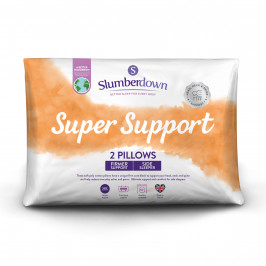
Slumberdown Super Support Firm Support Side Sleeper Pillow, 2 Pack
£17.00
Shop Now -
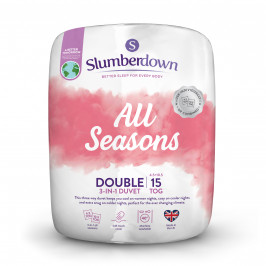
Slumberdown All Seasons Combi 15 Tog (10.5 + 4.5 Tog) Double Duvet
£30.50
Shop Now -
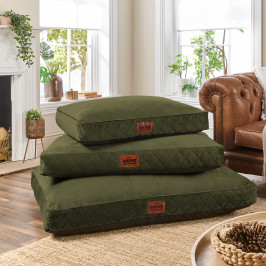
Slumberdown Paws for Slumber Olive Green Pet bed, Medium
£39.00
Shop Now -
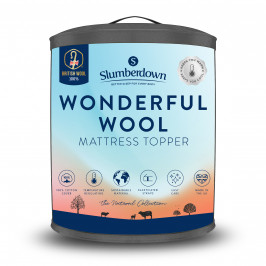
Slumberdown Wonderful Wool Mattress Topper
From: £54.50
Shop Now -
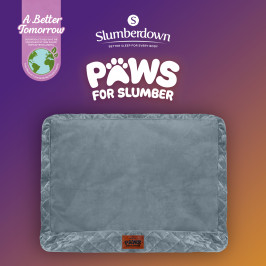
Slumberdown Paws for Slumber Extra Large Pet Bed Spare Cover, Grey
£20.00
Shop Now -
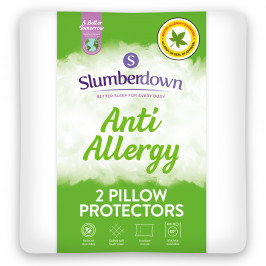
Slumberdown Anti Allergy Pillow Protector - Pack of 2
£15.50
Shop Now -
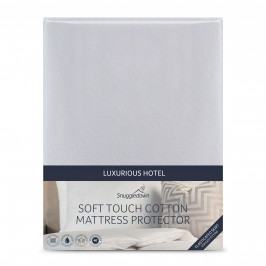
Snuggledown Luxurious Hotel Cotton Waterproof Mattress Protector, Double
£23.50
Shop Now -
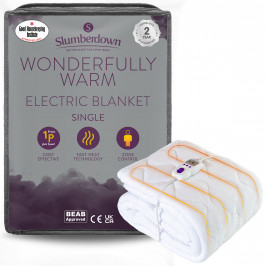
Slumberdown Wonderfully Warm Electric Blanket - Single
£60.00
Shop Now -
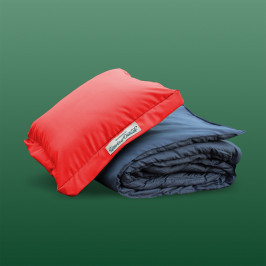
Slumberdown Unwind Outside 2-in-1 Waterproof Cocoon Set, Burnt Orange
£30.00
Shop Now -
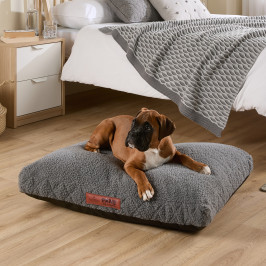
Slumberdown Paws For Slumber Sherpa Pet Bed, Medium
From: £25.00
Shop Now -
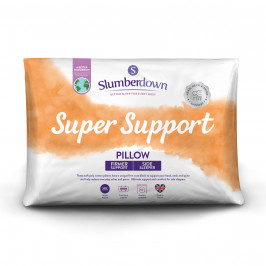
Slumberdown Super Support Firm Support Side Sleeper Pillow
From: £17.00
Shop Now -
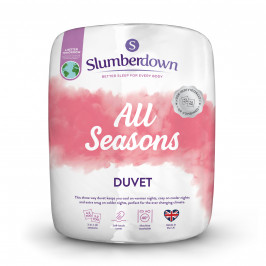
Slumberdown All Seasons Combi Duvet
From: £25.50
Shop Now -
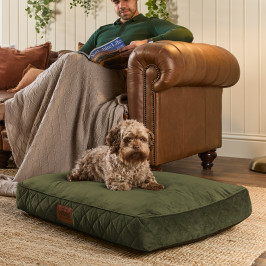
Slumberdown Paws for Slumber Medium Pet Bed
From: £39.00
Shop Now -
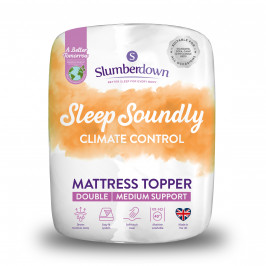
Slumberdown Sleep Soundly Climate Control Mattress Topper, Double
£33.50
Shop Now -
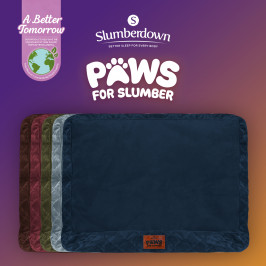
Slumberdown Paws for Slumber Extra Large Pet Bed Spare Cover
From: £20.00
Shop Now -
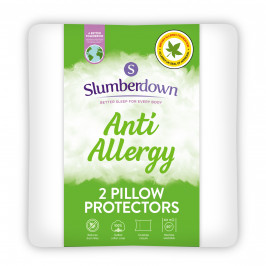
Slumberdown Anti Allergy Pillow Protector
From: £15.50
Shop Now -
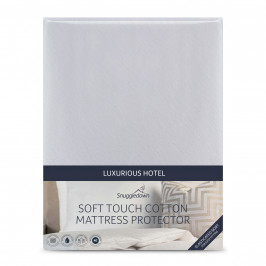
Snuggledown Luxurious Hotel Cotton Waterproof Mattress Protector
From: £19.50
Shop Now -
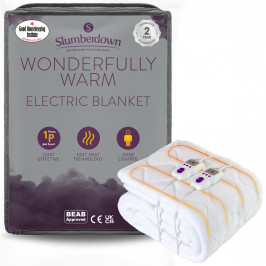
Slumberdown Wonderfully Warm Electric Blanket
From: £60.00
Shop Now -
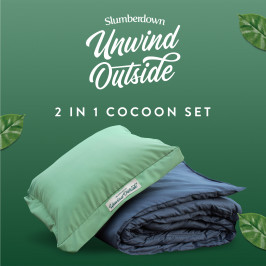
Slumberdown Unwind Outside 2-in-1 Waterproof Cocoon Set
From: £30.00
Shop Now -
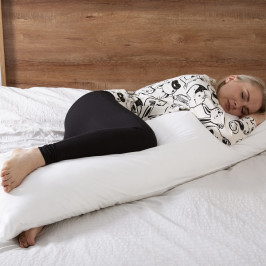
Slumberdown Body Support Pillow, 1 Pack, Includes 100% Cotton Pillow Case
£20.00
Shop Now -
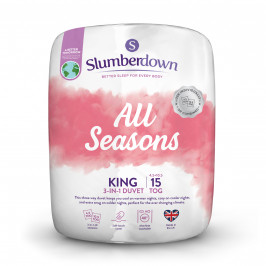
Slumberdown All Seasons Combi 15 Tog (10.5 + 4.5 Tog) King Size Duvet
£34.00
Shop Now


